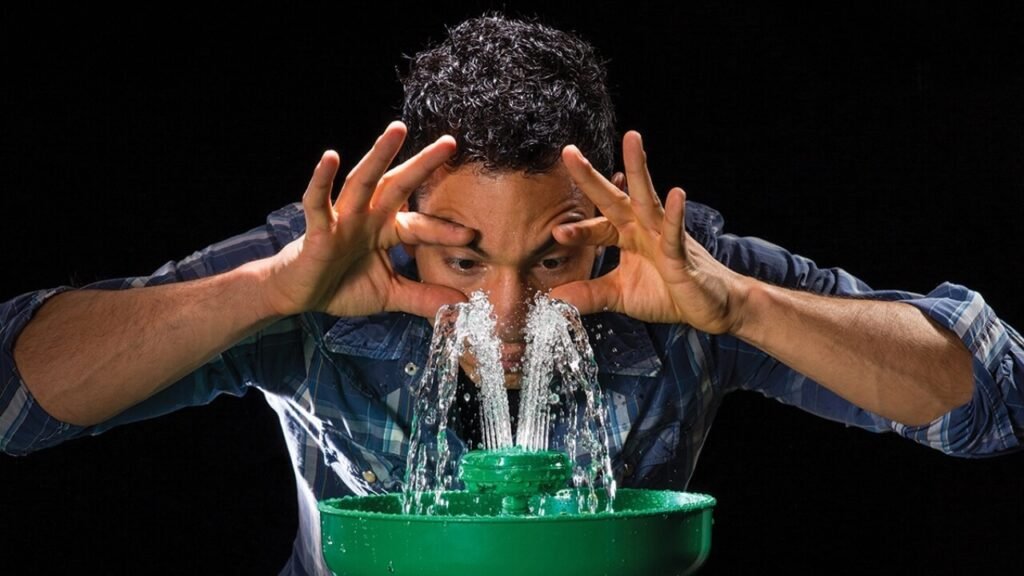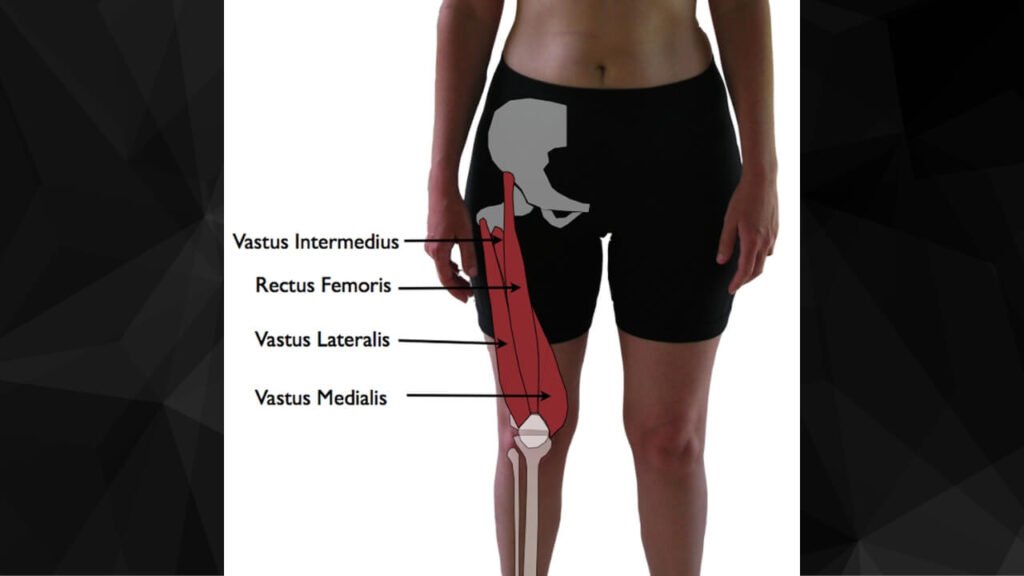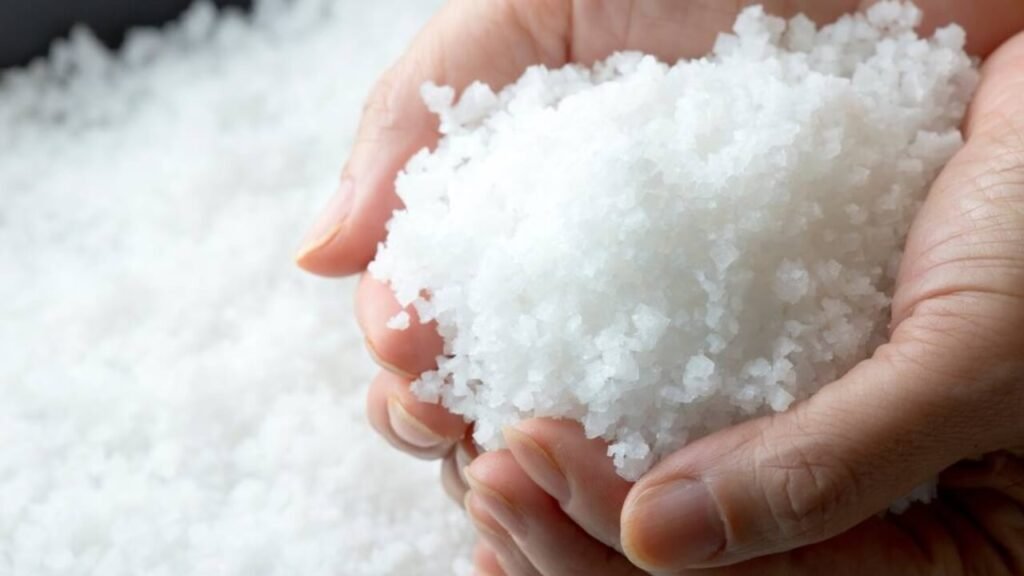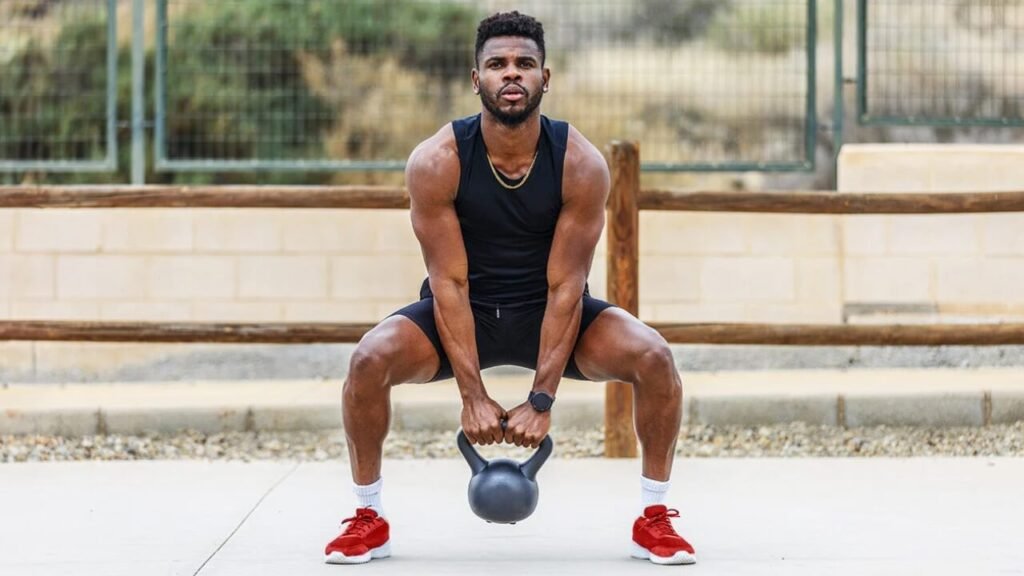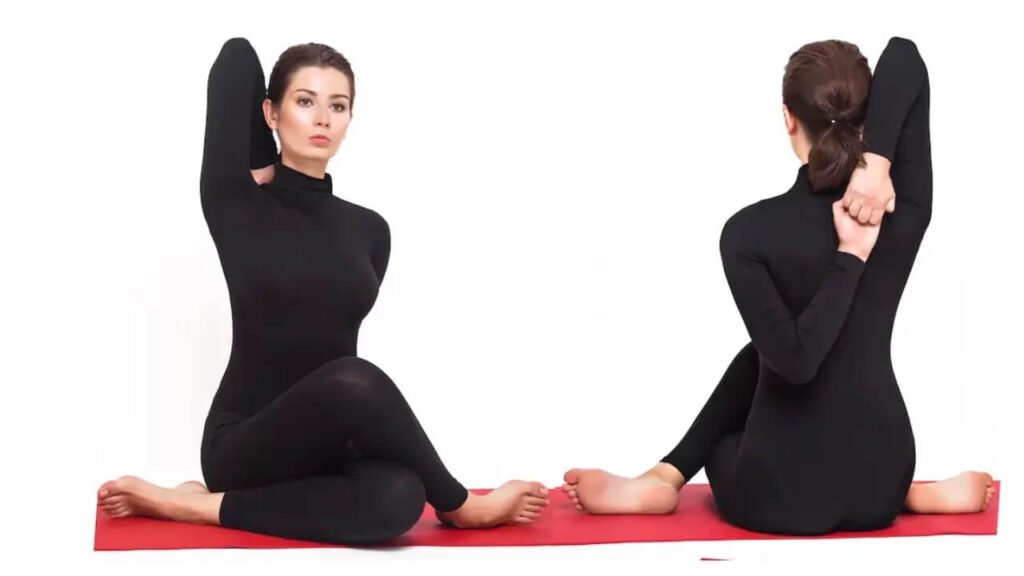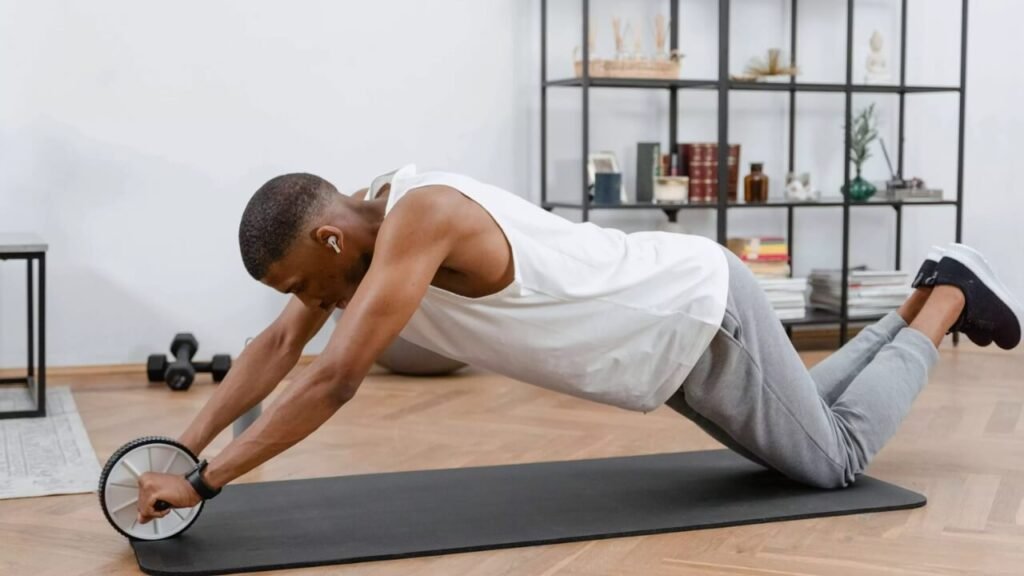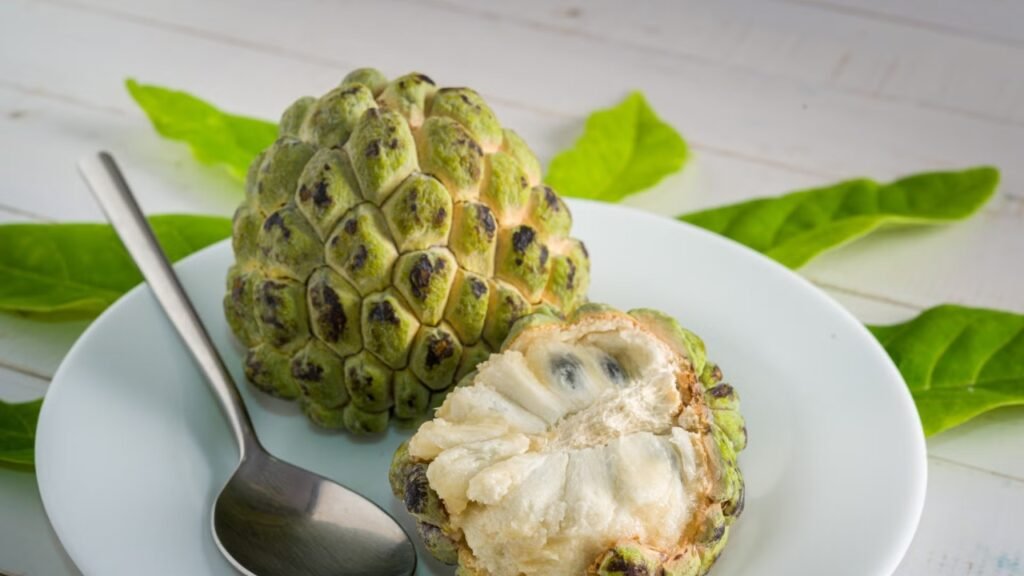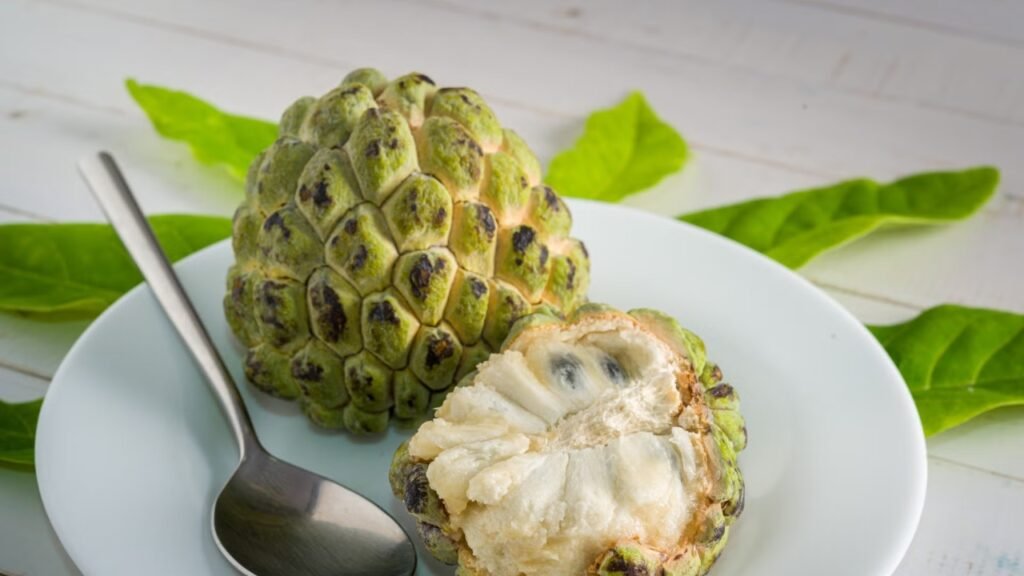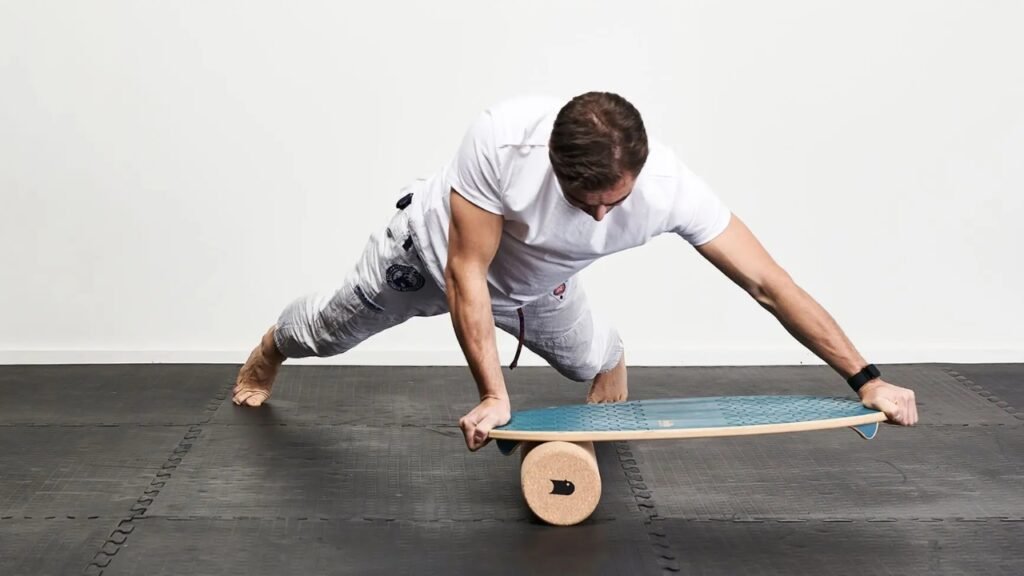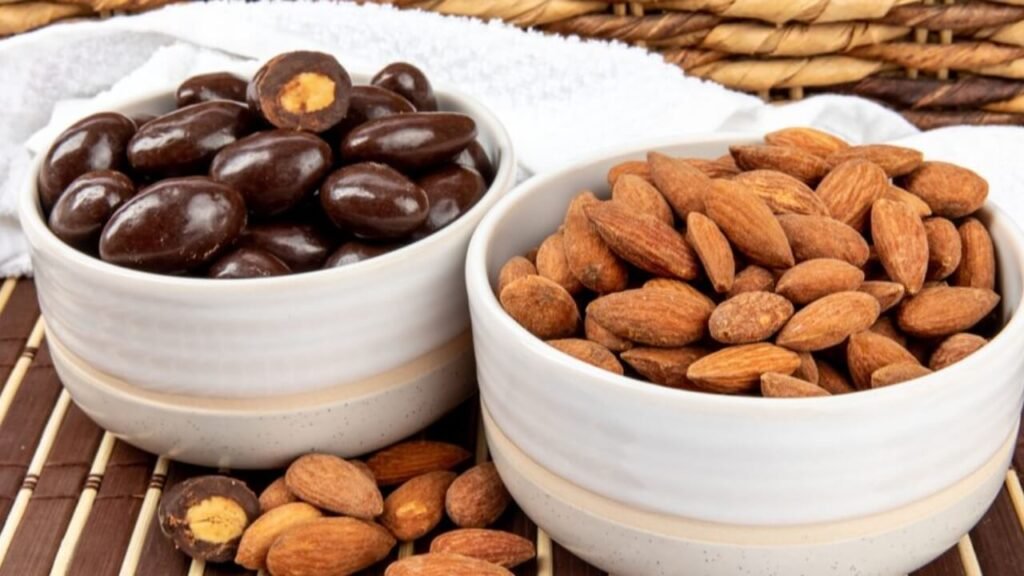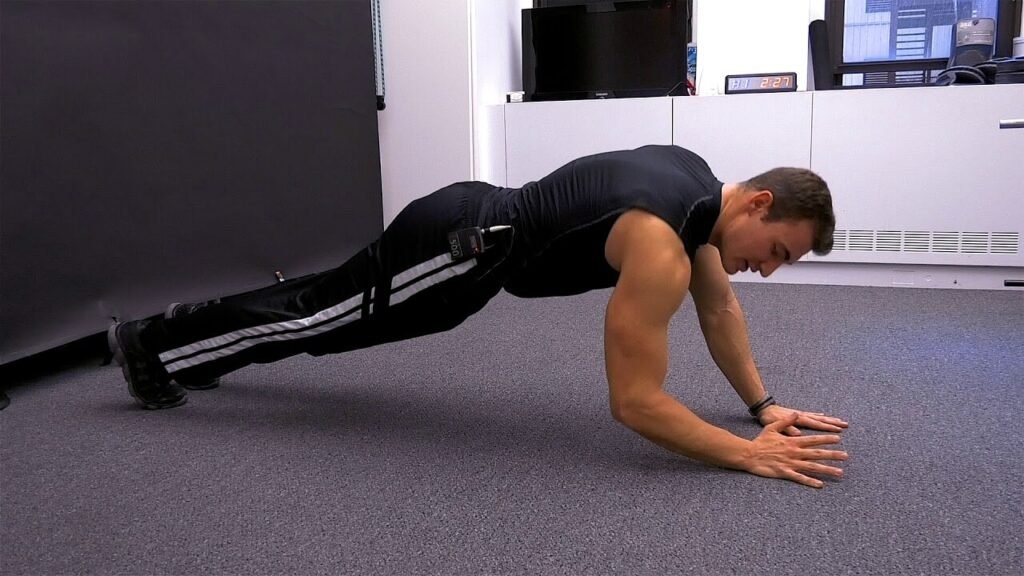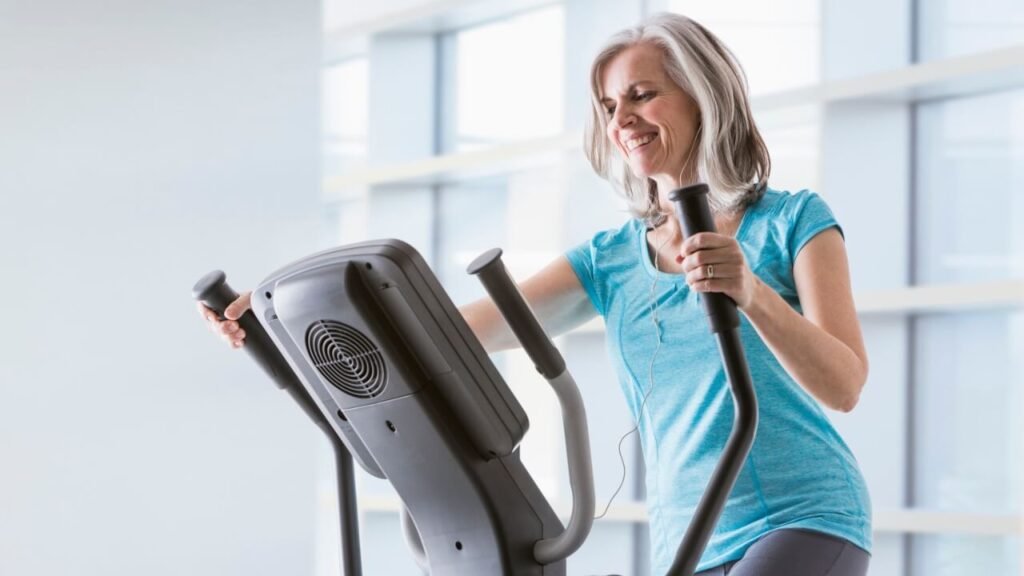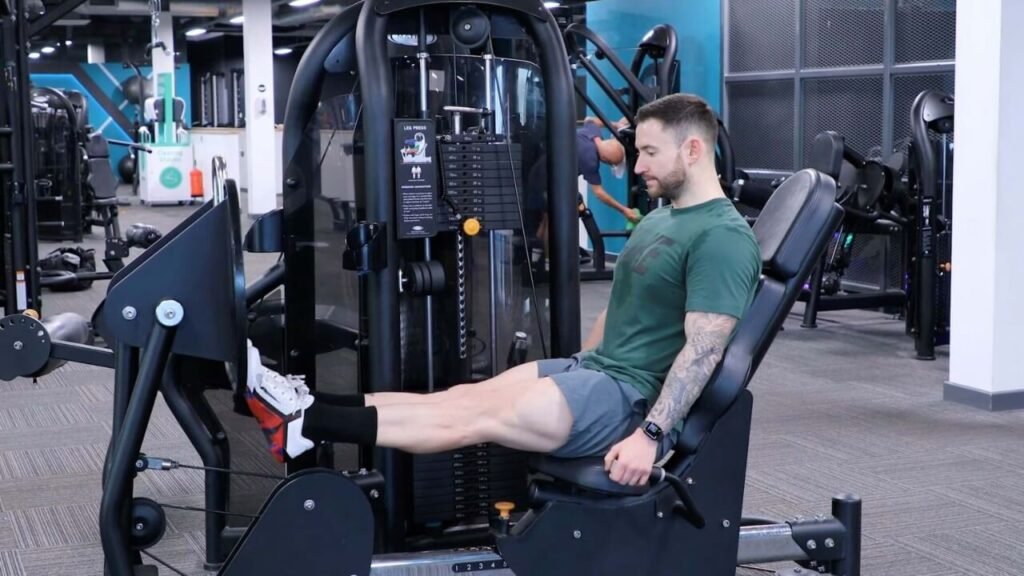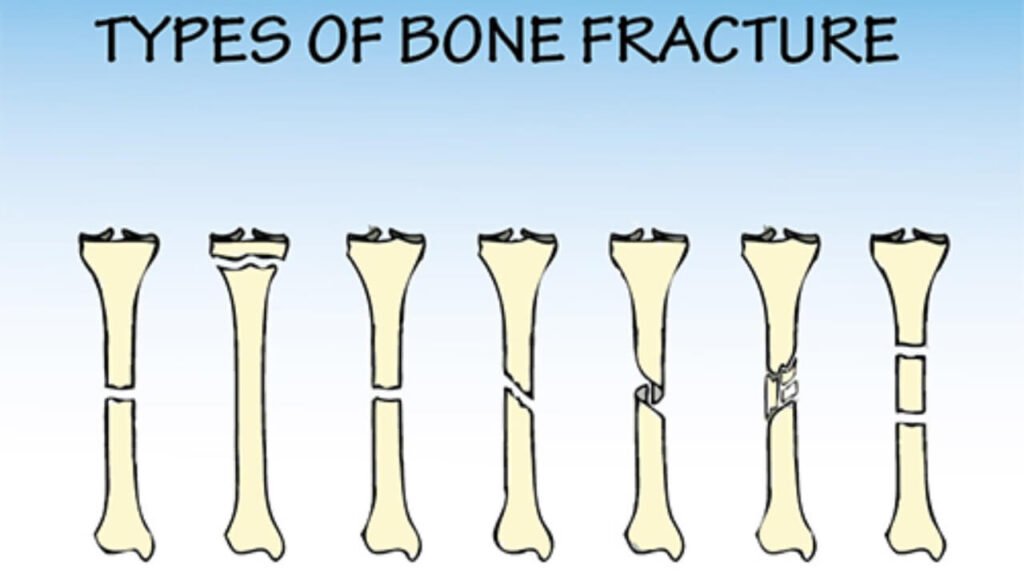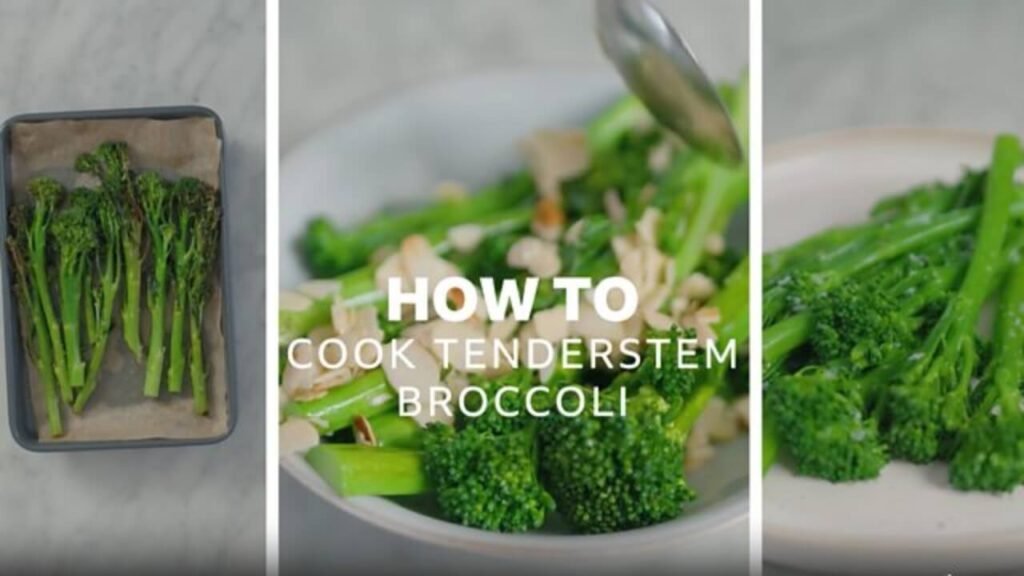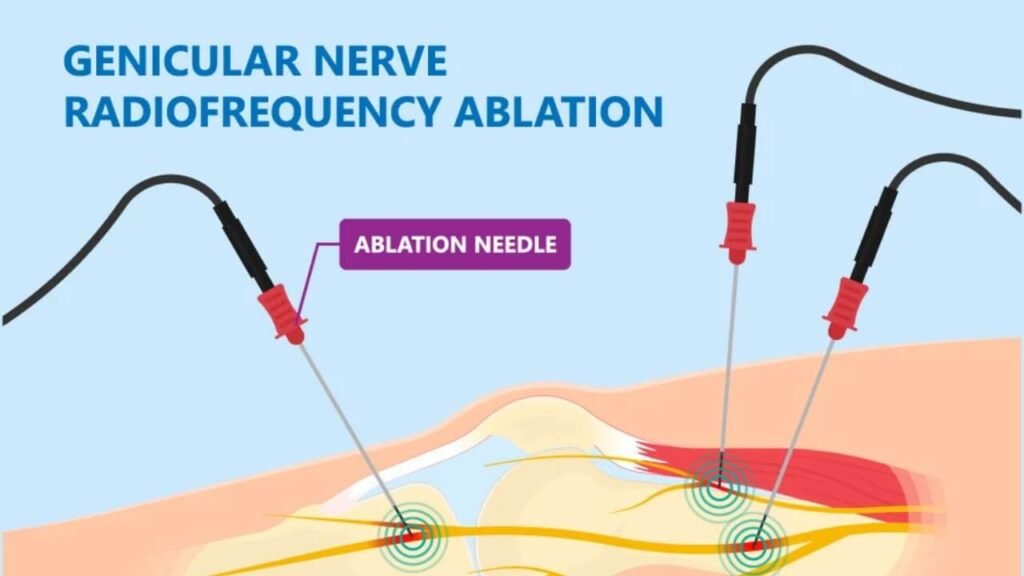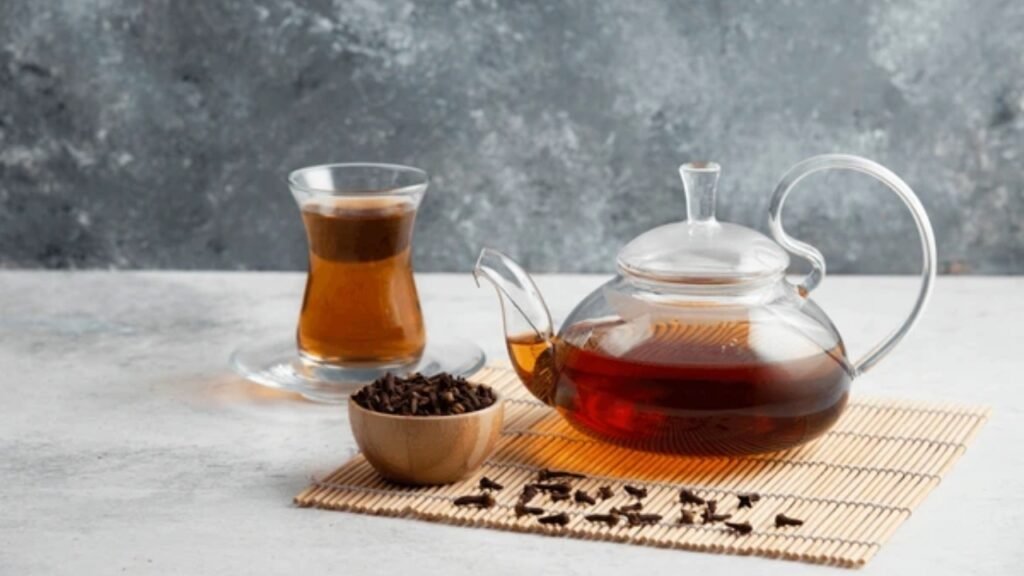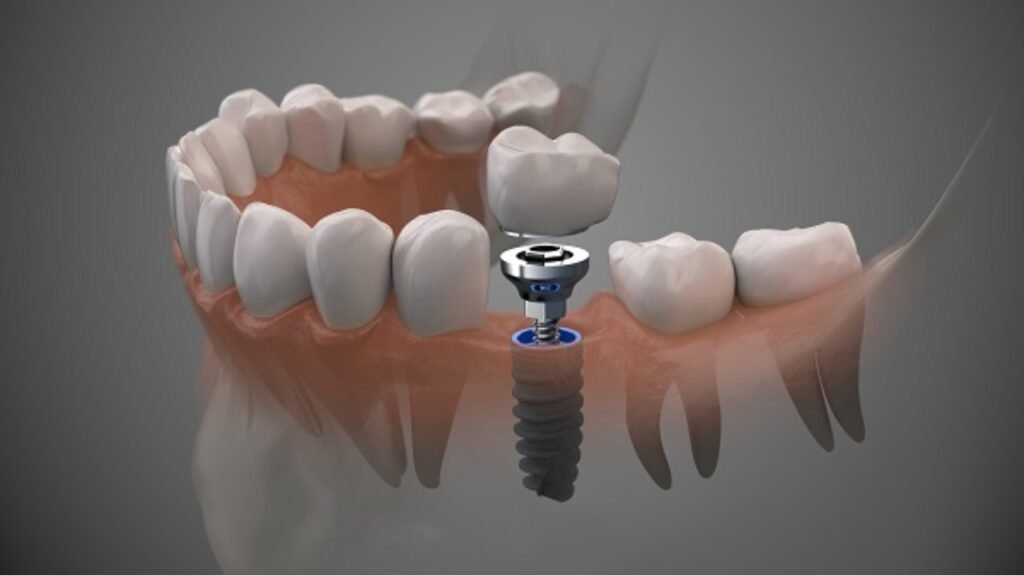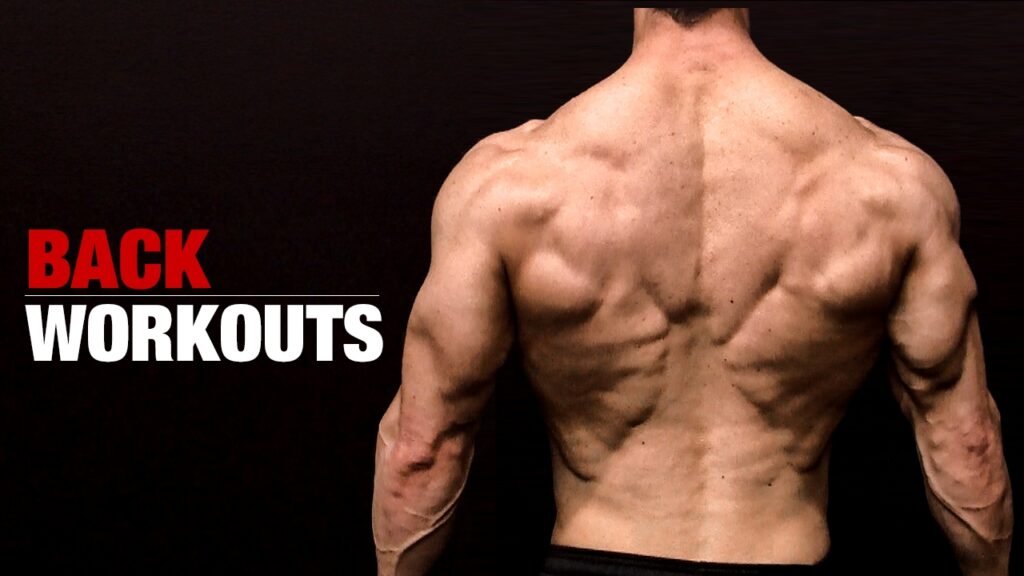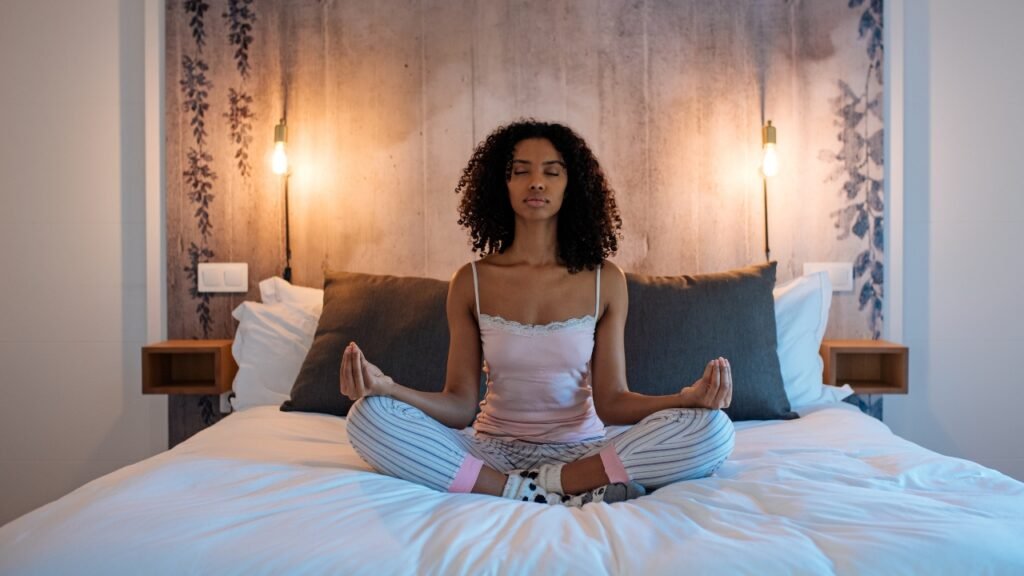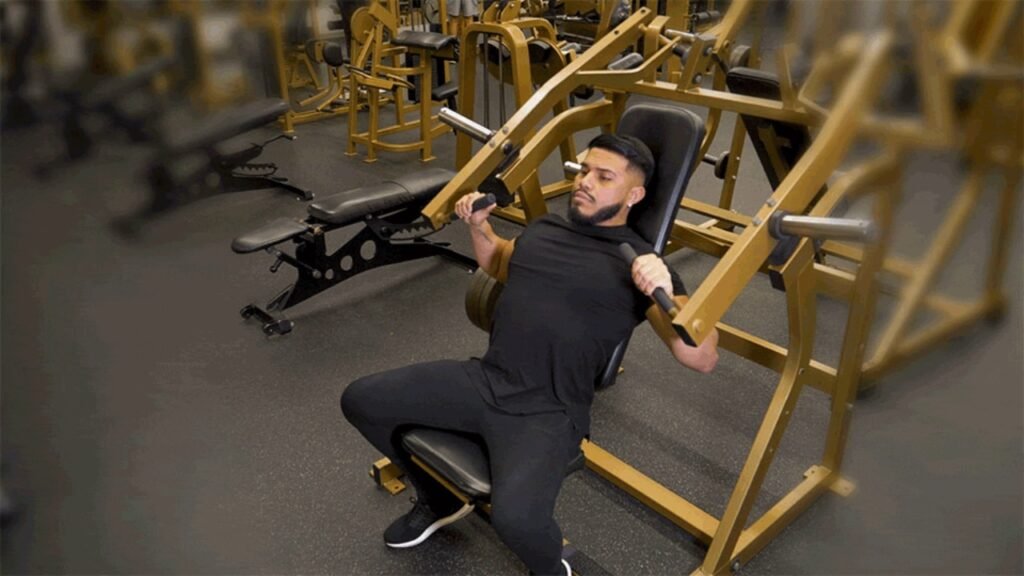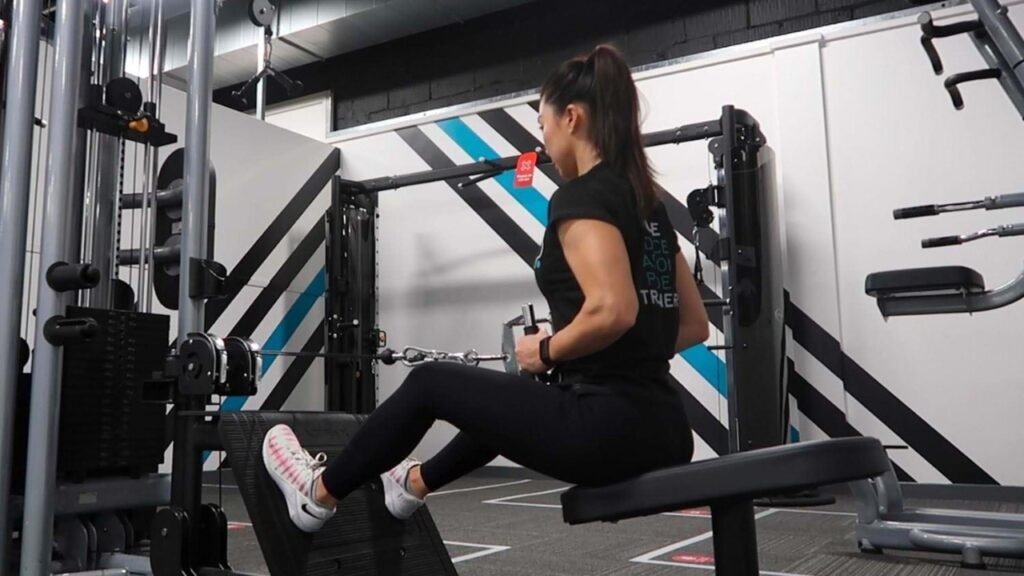Upper Glute Workout: Six Moves Transform Your Physique

When it comes to sculpting a balanced and powerful lower body, many fitness enthusiasts often overlook the importance of the upper glute workout. The upper glutes, particularly the gluteus medius and upper fibers of the gluteus maximus, play a critical role in hip stability, posture, and overall athletic performance. Whether you are a weekend warrior, a gym regular, or someone simply aiming to enhance your physique and prevent injuries, targeting the upper glutes can elevate your training results significantly. In this blog, we will delve deep into the science, techniques, and benefits of the upper glute workout tailored for the American fitness audience seeking effective and sustainable results.
Why Focus on the Upper Glute Workout?
The gluteal muscles consist of three main components: the gluteus maximus, medius, and minimus. While the gluteus maximus is often associated with the rounded shape of the buttocks, the upper portion of this muscle, along with the gluteus medius, contributes to hip abduction and pelvic stabilization. According to a study published in the Journal of Orthopaedic & Sports Physical Therapy, weak gluteus medius muscles have been linked to knee pain and lower back discomfort, underscoring the importance of a well-rounded glute workout (Fredericson et al., 2020).
Incorporating an upper glute workout is essential not only for aesthetic appeal but also for functional strength. These muscles support everyday activities like walking, running, and climbing stairs, and they prevent compensatory movements that can lead to injury. This focus on the upper glutes is especially relevant for the American population, where sedentary lifestyles often contribute to muscle imbalances and poor posture.
Anatomy and Function: Understanding Your Upper Glutes
Before jumping into exercises, it is vital to understand the anatomy and function of the upper glutes. The gluteus medius lies on the outer surface of the pelvis and is primarily responsible for abducting the thigh and stabilizing the pelvis during motion. Its upper fibers blend into the gluteus maximus, which is the largest muscle in the body, facilitating hip extension, external rotation, and power generation.
The synergy between these muscles is crucial. For example, during a single-leg squat or a lateral step, the upper glutes contract to prevent the pelvis from tilting, thus maintaining balance. Weakness in this area can cause a chain reaction of poor biomechanics, leading to issues like IT band syndrome or patellofemoral pain syndrome.
“Strengthening the upper glute muscles is paramount for improving movement efficiency and reducing the risk of common lower-body injuries. A targeted upper glute workout can transform your functional capacity and physical appearance.”
— Dr. Susan Thompson, Physical Therapist
Crafting an Effective Upper Glute Workout Routine
An upper glute workout should encompass movements that emphasize hip abduction, external rotation, and controlled pelvic stabilization. Unlike general glute training, which often focuses on hip thrusts and squats, upper glute workouts integrate exercises that isolate and strengthen the gluteus medius and upper gluteus maximus.
Isolation Exercises
Side-Lying Hip Abductions are a classic yet highly effective exercise. Lying on your side and lifting the top leg upwards targets the gluteus medius intensely. This movement trains the muscle to stabilize the pelvis during lateral movements.
Clamshells involve bending your knees and lifting the top knee while keeping feet together. This targets the external rotators of the hip and enhances the strength of the upper glutes. Adding a resistance band around the knees increases the intensity and muscle activation.
Lateral Band Walks have gained popularity in rehabilitation and athletic training circles. By placing a looped resistance band just above the knees and stepping sideways, you engage the upper glutes to maintain hip stability and improve muscular endurance.
Compound Movements
Single-Leg Deadlifts and Curtsy Lunges also emphasize the upper glutes by challenging balance and forcing the muscles to engage to control hip movement. Incorporating these compound exercises into your routine complements the isolation movements, promoting functional strength.
A balanced workout routine should alternate between isolation exercises and compound movements to maximize muscle recruitment and development. For Americans juggling busy schedules, a 30-minute upper glute workout performed 2-3 times a week can yield noticeable improvements in strength and shape.
Scientific Insights into Upper Glute Activation
Research utilizing electromyography (EMG) studies has demonstrated that exercises like lateral band walks and side-lying hip abductions elicit high activation of the gluteus medius and upper fibers of the gluteus maximus. A systematic review in Sports Medicine highlights that exercises emphasizing hip abduction and external rotation are most effective for targeting the upper glutes (Hughes et al., 2022).
Moreover, strengthening the upper glutes not only enhances aesthetics but also improves neuromuscular control, which is crucial for injury prevention. For instance, a strong gluteus medius reduces valgus knee collapse during running and jumping, decreasing the risk of ACL injuries—a common concern in the American athletic population.
Incorporating proper warm-ups and mobility work targeting the hips and pelvis can further enhance muscle activation. Dynamic stretches and foam rolling of the hip flexors complement the upper glute workout, ensuring muscles are primed for efficient performance.
Common Mistakes and How to Avoid Them
While focusing on the upper glutes is beneficial, it is easy to fall into common pitfalls. One frequent error is relying solely on high-rep isolation exercises without incorporating compound movements that build overall strength and coordination. Additionally, performing exercises with poor form—such as allowing the hips to tilt or the knees to cave in—can diminish muscle engagement and increase injury risk.
Another mistake is neglecting the mind-muscle connection. Research shows that consciously focusing on the targeted muscle during exercise significantly increases muscle activation (Snyder & Fry, 2021). Therefore, slow and controlled movements, combined with proper breathing, optimize the effectiveness of the upper glute workout.
Finally, overtraining or ignoring recovery can hinder progress. The upper glutes, like all muscles, require adequate rest and nutrition to grow and repair. Incorporating rest days and stretching routines helps maintain muscle health and flexibility.
Integrating Upper Glute Workouts into a Holistic Fitness Plan
An upper glute workout should not exist in isolation but as part of a comprehensive fitness regimen. Combining cardiovascular conditioning, core strengthening, and lower body workouts ensures balanced development and overall health. For Americans looking to lose weight, improve athletic performance, or simply enhance their daily movement, integrating upper glute training adds a crucial layer of stability and power.
For example, pairing an upper glute workout with squats, deadlifts, and lunges creates a synergistic effect, improving both muscle size and functional performance. Additionally, yoga and Pilates can complement upper glute training by enhancing flexibility, balance, and mind-body awareness.
Nutrition also plays a pivotal role. Protein intake supports muscle repair, while adequate hydration and micronutrients aid recovery. Following evidence-based guidelines ensures that your upper glute efforts translate into sustainable gains.
Conclusion: Elevate Your Fitness with Targeted Upper Glute Training
In conclusion, the upper glute workout is a powerful tool for Americans seeking to enhance their strength, posture, and physical appearance. By understanding the anatomy and function of the upper glutes, selecting effective exercises, and incorporating scientific principles, you can unlock new levels of performance and confidence. Remember Dr. Susan Thompson’s insight: targeting these often-neglected muscles not only shapes your physique but also protects your joints and improves overall movement efficiency.
Whether you are an athlete, a fitness enthusiast, or someone recovering from injury, dedicating time to the upper glute workout will pay dividends. With consistent effort, mindful practice, and balanced nutrition, you can achieve a strong, stable, and sculpted lower body that supports your lifestyle and goals.
Embrace the journey of strengthening your upper glutes, and watch how it transforms your body and movement—one rep at a time.










